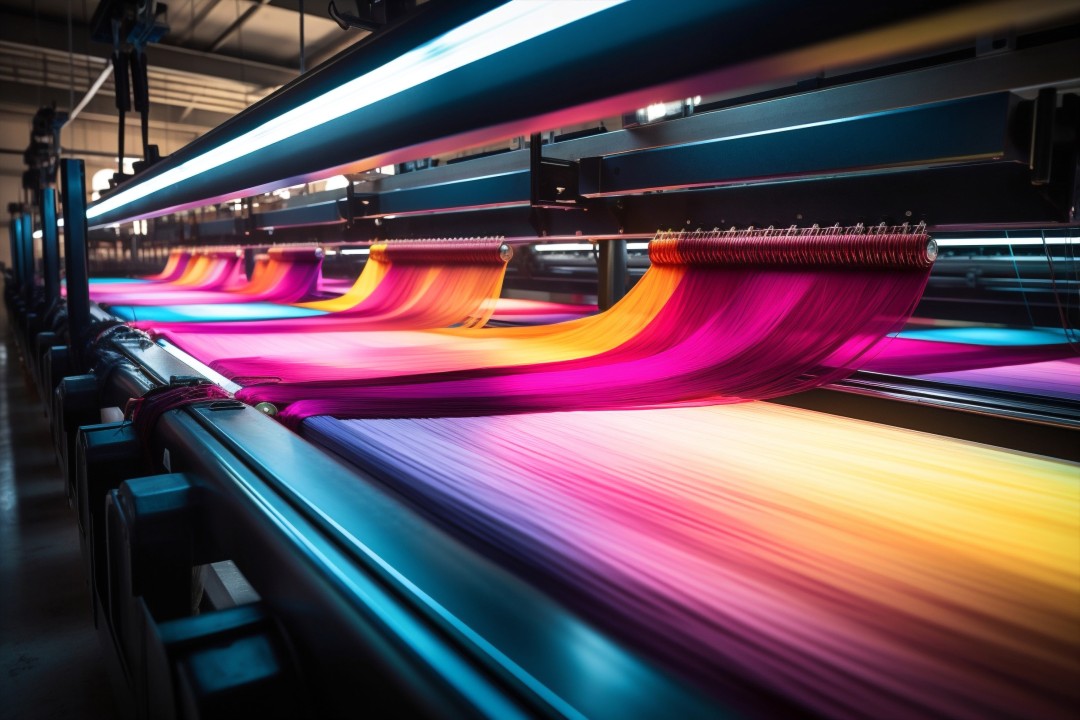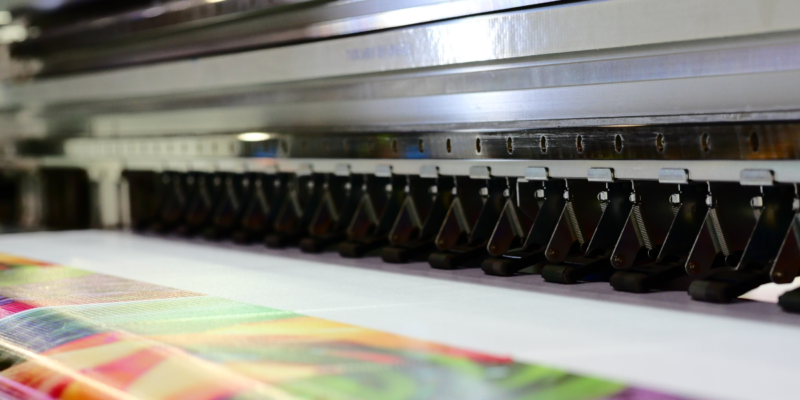In today’s rapidly evolving world, the demand for sustainable solutions is at an all-time high. Among these, biodegradable printing materials are making waves in the printing industry. As businesses and consumers become more environmentally conscious, the shift towards eco-friendly printing practices is not just a trend but a necessity. This article delves into the world of biodegradable printing materials, exploring their significance, benefits, and future potential.

What Are Biodegradable Printing Materials?
Biodegradable printing materials refer to substances used in the printing process that can naturally decompose over time, reducing environmental impact. These materials are designed to break down in natural environments, unlike traditional printing materials that can persist for decades, contributing to pollution.
Why Are They Important?
The significance of biodegradable printing materials cannot be overstated. As we face the pressing issues of climate change and environmental degradation, the printing industry must adapt. By using materials that are sustainable and environmentally friendly, we can significantly reduce the carbon footprint associated with printing. This not only benefits the planet but also enhances the reputation of businesses that prioritize sustainability.
Reducing Environmental Impact
One of the most compelling reasons to adopt biodegradable printing materials is their potential to minimize environmental harm. Traditional printing materials often contain harmful chemicals and non-degradable components. In contrast, biodegradable options ensure that, once disposed of, the materials break down naturally, leaving minimal trace.
Types of Biodegradable Printing Materials
There are several types of biodegradable printing materials available today. Some of the most popular include:
1. Biodegradable Inks
These inks are made from natural substances, such as soy or vegetable oils, which are less harmful to the environment than petroleum-based inks. They offer vibrant colors and are suitable for various printing needs.
2. Recycled Paper
Using recycled paper is a straightforward way to embrace sustainable printing. This paper is made from previously used materials, reducing the need for new resources and minimizing waste.
3. PLA Plastics
Polylactic acid (PLA) is a biodegradable plastic derived from renewable resources like corn starch or sugarcane. It is used in 3D printing and packaging, offering a green alternative to traditional plastics.
Benefits of Using Biodegradable Printing Materials
There are numerous advantages to using biodegradable printing materials in your printing processes:
1. Environmental Benefits
By choosing biodegradable options, businesses contribute to reducing pollution and conserving natural resources. This proactive approach helps in the fight against climate change.
2. Brand Reputation
Companies that prioritize sustainability are often viewed more favorably by consumers. Using biodegradable printing materials can enhance a brand’s image and attract environmentally conscious customers.
3. Cost-Effectiveness
While the initial investment in eco-friendly printing materials might be higher, the long-term savings are significant. Reduced waste disposal costs and improved efficiency can lead to substantial savings.
Challenges and Considerations
Despite the benefits, there are challenges associated with adopting biodegradable printing materials:
1. Cost
The initial cost of switching to biodegradable materials can be a barrier for some businesses. However, as demand increases, prices are expected to become more competitive.
2. Limited Availability
Currently, the range of biodegradable printing materials is limited compared to traditional options. This can pose challenges for businesses with specific printing needs.
3. Performance
Some biodegradable materials may not yet match the performance of their non-biodegradable counterparts. However, ongoing research and development are addressing these issues.
The Future of Biodegradable Printing Materials
The future looks promising for biodegradable printing materials. As technology advances and consumer demand grows, we can expect to see more innovative solutions emerging. Companies are investing in research to improve the quality, performance, and affordability of these materials.
Innovation and Research
Innovation is key to the development of sustainable printing solutions. Researchers are exploring new materials and techniques to enhance the efficiency and effectiveness of biodegradable options.
Conclusion
In conclusion, the adoption of biodegradable printing materials is a crucial step towards a more sustainable future. By embracing these eco-friendly options, businesses can reduce their environmental impact, enhance their brand reputation, and contribute to a healthier planet. As the industry continues to evolve, the potential for growth and innovation in this area is immense.

FAQs
1. What are biodegradable printing materials?
Biodegradable printing materials are substances used in printing that can naturally decompose, reducing environmental impact.
2. Why should businesses use biodegradable printing materials?
Using biodegradable materials reduces pollution, enhances brand reputation, and can be cost-effective in the long run.
3. What types of biodegradable printing materials are available?
Common types include biodegradable inks, recycled paper, and PLA plastics.
For further insights into the future of the printing industry, you can visit Smithers and Ricoh USA. Additionally, explore the advancements in AI-generated print content and the future of the publishing industry to understand their impact on sustainable printing practices.
This article contains affiliate links. We may earn a commission at no extra cost to you.






